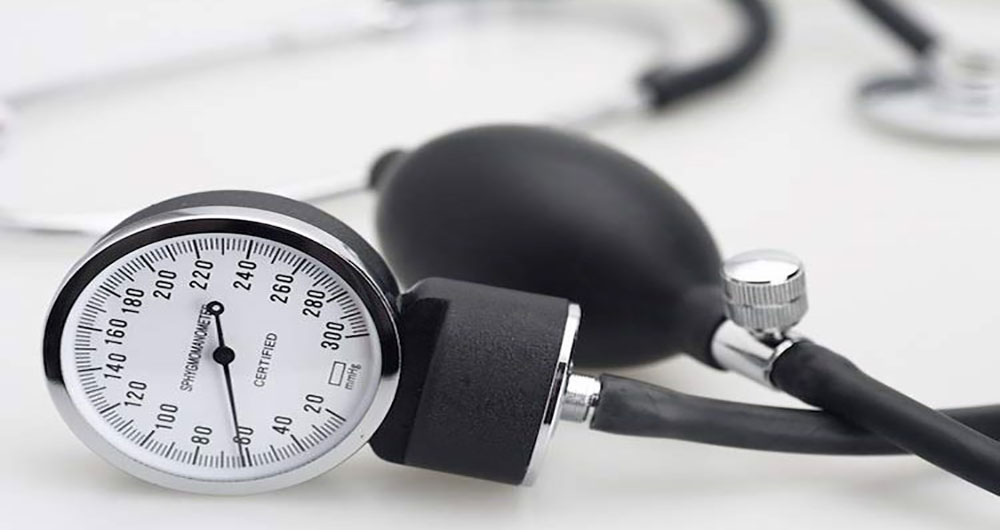
One reason obesity is considered a serious health problem is because it is an important factor for essentialhypertension (high blood pressure with no identifiable cause). The exact mechanisms for obesity to cause essential hypertension are not fully understood, but it has been linked to the kidneys. These organs play a key role in regulating blood pressure and other substances which affect renal salt and water excretion, are important modulators of hypertension.
Untreated hypertension, commonly referred to as the silent killer, prematurely ages the body’s arteries and can lead to strokes heart attacks and kidney failure, often without warning. According to latest research findings, reducing body weight is a “major component” in the treatment of hypertension. Reductions in systolic and diastolic blood pressures -1.05 mm Hg and -0.92 mm Hg, were observed respectively, per kilogram of weight loss.
The researchers also reported, that a net weight reduction of -5.1 kg as a result of energy restriction, increased physical activity, or both led to a reduction in systolic and diastolic blood pressures by -4.44 mm Hg and -3.57 mm Hg, respectively. Even a weight loss of only 7 lbs (3.2 kg) on the average can result in the need for less blood pressure medication.
The usual cause of high blood pressure is a persistent increase in resistance to blood flow through the smaller branches of the arteries, which carry blood from the heart throughout the body.

Spending only 60 to 90 minutes a week exercising is the optimal amount of time needed to reduce high blood pressure supported with a diet low in total fat, saturated fat, and cholesterol. The diet should be rich in fruits, vegetables, and fiber; and contain small amounts of nonfat dairy products and meat, fish, poultry, or nuts.
The dose of exercise however, will also depend on the cardiovascular risk factor. Each exercise session should consisted of :
- A brief warm-up period,
- Aerobic exercise (such as walking, jogging, cycle ergometer andswimming) followed by,
- Conditioning exercise (sit-ups and stretches).
- Intensity of aerobic exercise should be standardized at 50% of maximumoxygen consumption.
With the increasing prevalence of obesity, weight control is of the utmost importance to treat and prevent hypertension.